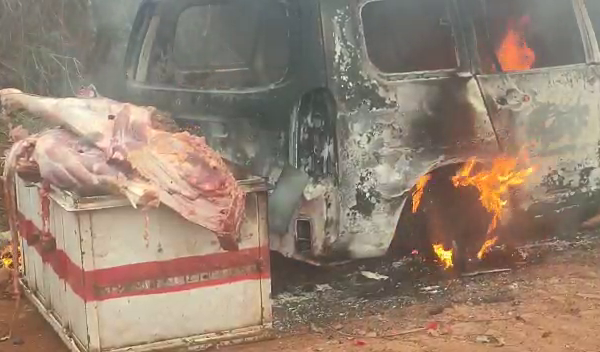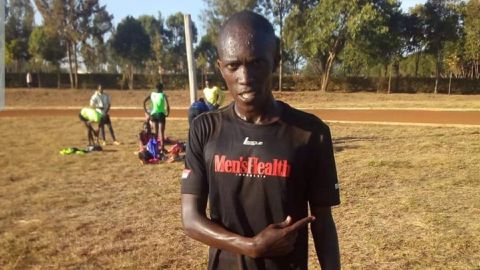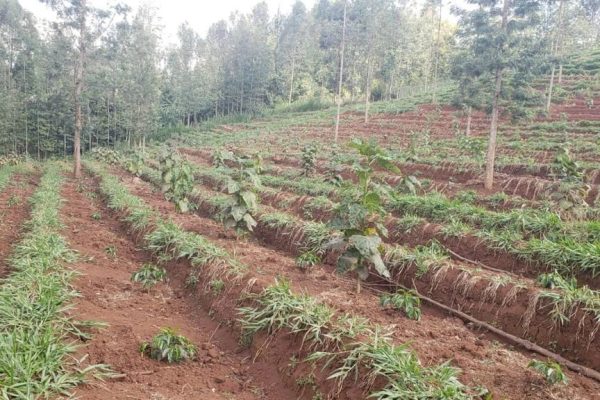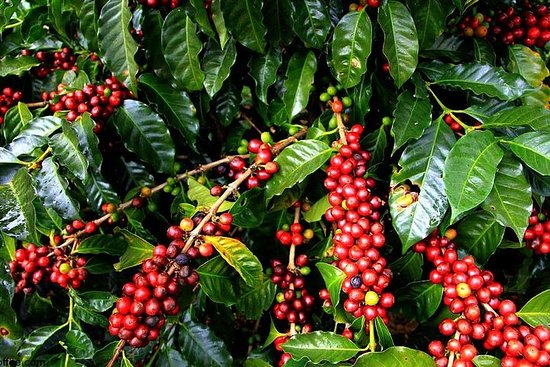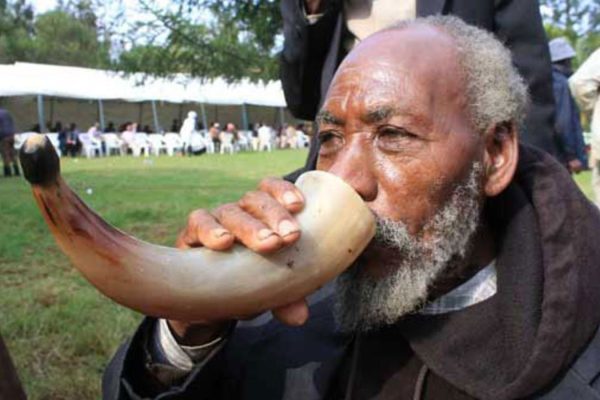
Kikuyu Elders Rejoice as Court Upholds Legality of Muratina Brew
Kikuyu Elders Rejoice as Court Upholds Legality of Muratina Brew – In a momentous triumph for the Kikuyu community, a recent court ruling has officially sanctioned the production and consumption of their traditional brew, Muratina. This landmark decision has ignited celebrations among the Kikuyu people, led by their esteemed elders. The Legal Battle: Amidst legal uncertainties, the Kikuyu community faced adversity as the legality of Muratina came under scrutiny. The courtroom saga unfolded as elders passionately defended their cultural practices, emphasizing the significance of Muratina in their celebrations. As the legal battle ensued, Kikuyu elders, adorned in their traditional regalia, stood united in their commitment to upholding the centuries-old tradition of Muratina. Their arguments resonated not only within the courtroom but also among the wider community, igniting a fervor of support for the preservation of their cultural heritage. View this post on Instagram A post shared by TrendBlend Hub (@trendblendhubke) Joyful Proclamation: Finally, as the gavel fell in favor of the Kikuyu community, joyous celebrations erupted nationwide. Elders, revered for their wisdom and cultural knowledge, emerged as symbols of a collective victory for their heritage. The air was filled with jubilation as the news spread like wildfire, reaching every corner of Kikuyu communities. Amidst ululations and traditional dances, the proclamation of Muratina’s legality became a rallying cry for cultural pride. Elders, with smiles etched on their faces, led the festivities, pouring libations of Muratina to honor both their ancestors and the resilience of their traditions. Preserving Cultural Heritage Muratina, deeply rooted in Kikuyu traditions, holds profound cultural significance. The court’s decision underscores the importance of preserving indigenous practices, emphasizing the pivotal role Muratina plays in the Kikuyu way of life. Additionally, the elders, custodians of this rich cultural heritage, spoke eloquently about the intergenerational importance of Muratina. They highlighted its role in rites of passage, communal celebrations, and as a symbol of unity among the Kikuyu people. The court’s recognition served not only as a legal validation but also as a cultural affirmation. Community Unity: The court ruling not only solidifies the legality of Muratina but also strengthens the sense of community among the Kikuyu people. The united front presented during the legal battle has fostered a deeper connection among community members. In the aftermath of the legal victory, Kikuyu communities embraced a renewed spirit of togetherness. Collaborative efforts to share Muratina-making techniques, traditional recipes, and cultural practices surged, fostering an environment where the younger generation actively participated in the preservation of their heritage. Distribution and Celebration: From bustling urban centers to serene rural landscapes, Kikuyu communities nationwide have come together to celebrate this legal triumph. The joyful atmosphere transcends geographical boundaries, marking a nationwide acknowledgment of cultural resilience. Elaborate feasts featuring Muratina as the centerpiece became commonplace. In Addition, the distinct aroma of the traditional brew wafted through the air as community members partook in the communal celebration, reinforcing bonds and rekindling a deep appreciation for their shared cultural identity. Conclusion: In conclusion, Kikuyu Elders Rejoice as Court Upholds Legality of Muratina Brew in Kenya. The court’s validation of Muratina as a cultural cornerstone has far-reaching implications. The Kikuyu people, buoyed by this legal triumph, are poised to continue celebrating their traditions with renewed pride and a strengthened cultural identity. Also echoes of this victory will resonate for generations, serving as a testament to the importance of preserving and honoring indigenous cultures.Conact Us

